Composite Flat Cladding
Composite Flat Cladding - Modern, Weather-Resistant, Low-Maintenance, Sustainable, Sleek
Composite Flat Cladding is an exterior wall panel system made from a blend of recycled wood fibers and plastics, engineered to provide a smooth, uniform surface for modern architectural designs. Unlike traditional materials, it features a flat, linear profile with concealed fasteners, creating a clean, contemporary appearance for both residential and commercial buildings. Its core composition often includes a protective polymer cap layer, enhancing durability and resistance to environmental elements.
3 Key Features of Composite Flat Cladding
- Sleek, Modern Aesthetics
- Weather & Impact Resistance
- Low Maintenance & Eco-Friendly
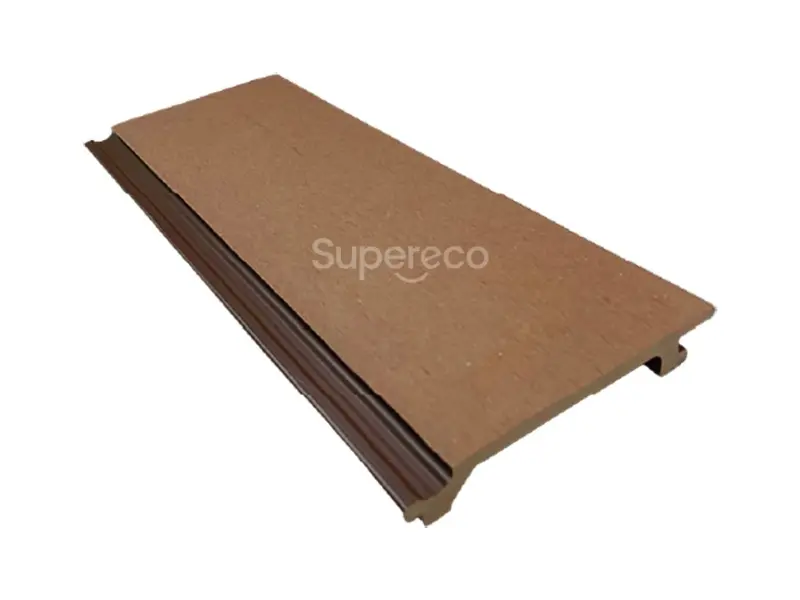
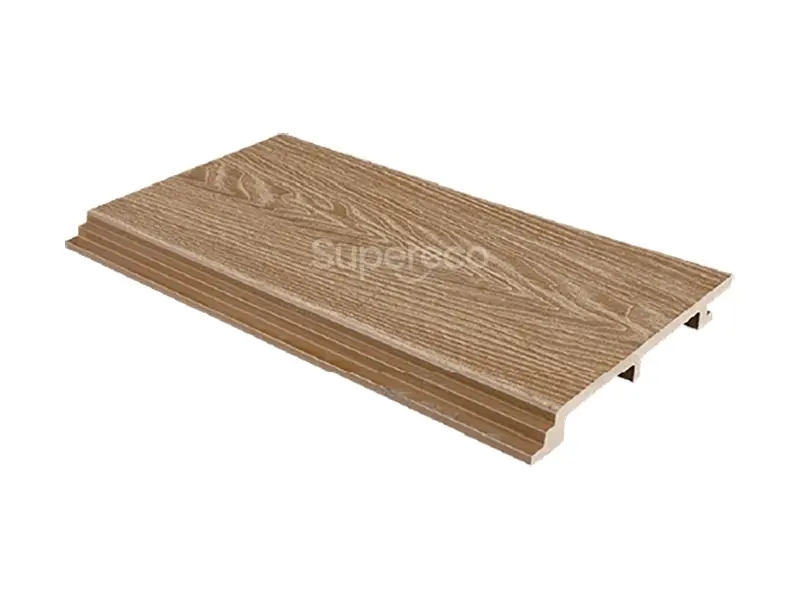
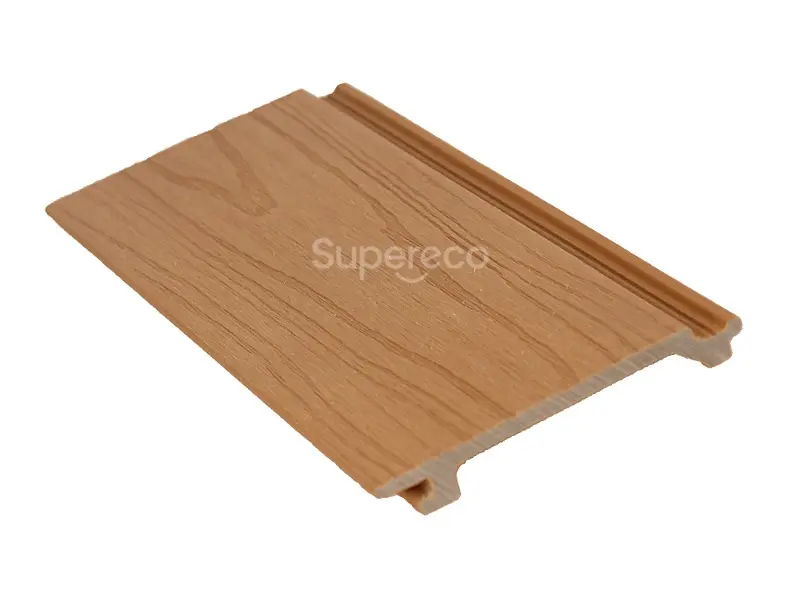
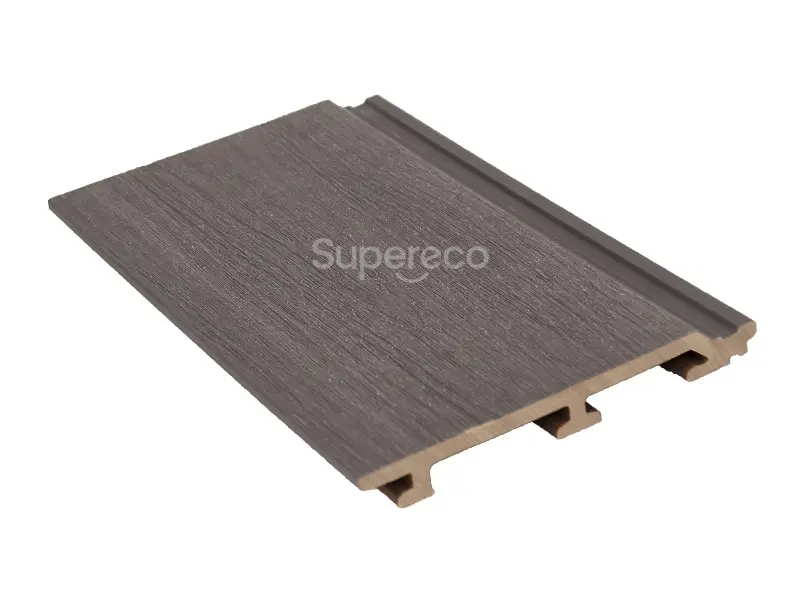
Colors and Styles of Composite Flat Cladding
Surface treatment
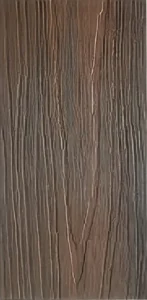
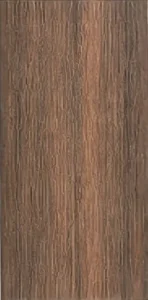
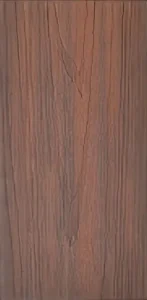
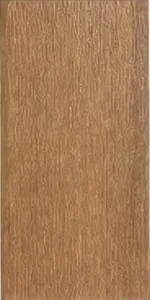
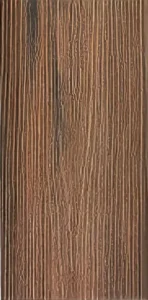
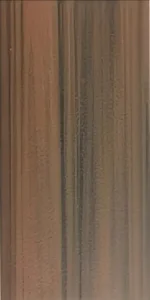
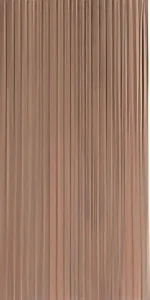
Colors choice
Lightly Mixed Colors
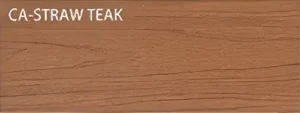
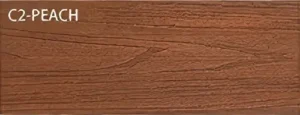
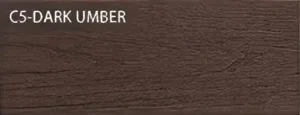
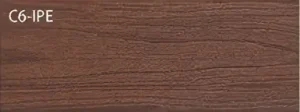
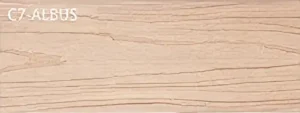
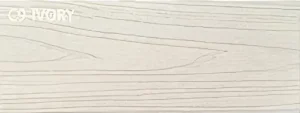
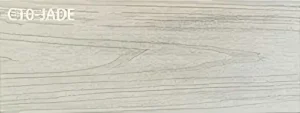
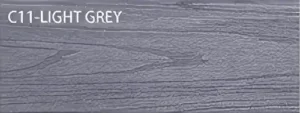
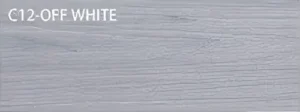
Strongly Mixed Colors
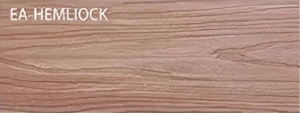
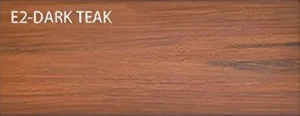
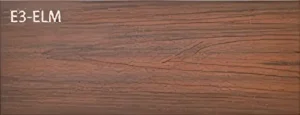
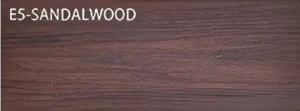
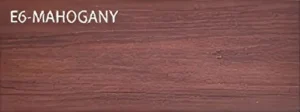
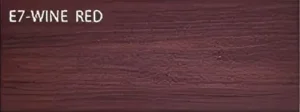
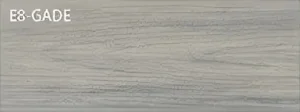
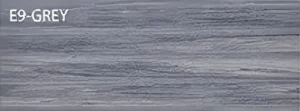
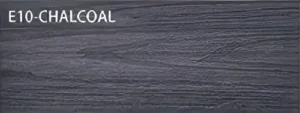
Solid Colors
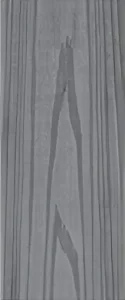
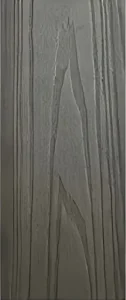
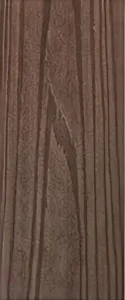
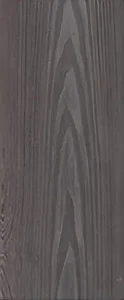
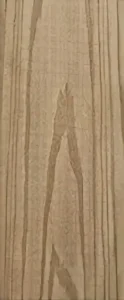
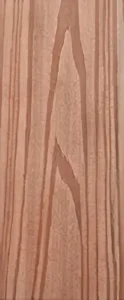
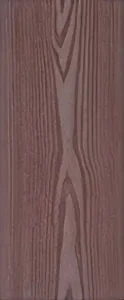
port Customization of More Colors and Styles
Best Applications for Composite Flat Cladding
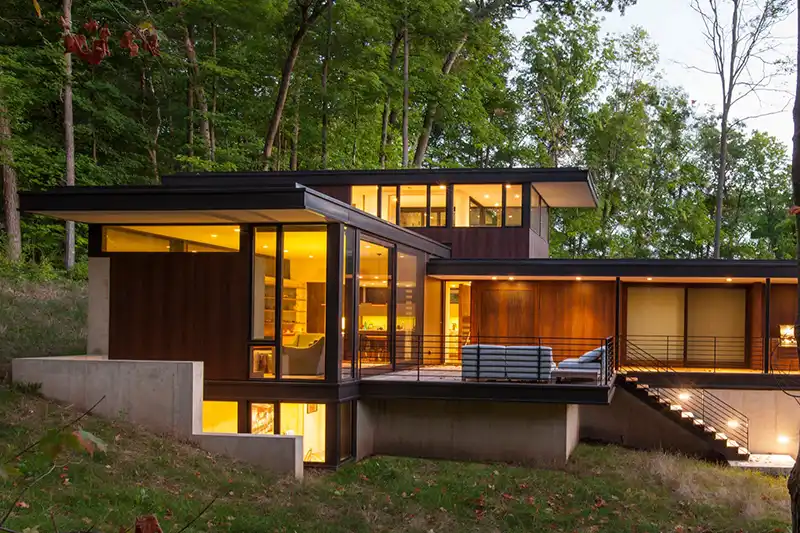
- Provides a sleek, modern appearance with excellent weather resistance.
- Used in rear-ventilated systems for energy efficiency and durability.
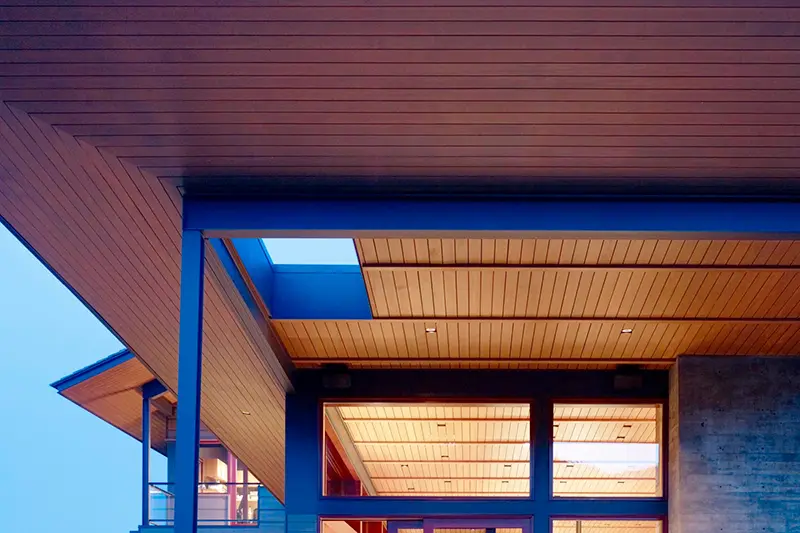
- Lightweight and fire-resistant options (e.g., Class A2/B ratings) for indoor/outdoor ceilings.
- Enhances aesthetic appeal in spaces like corporate offices or hotels.
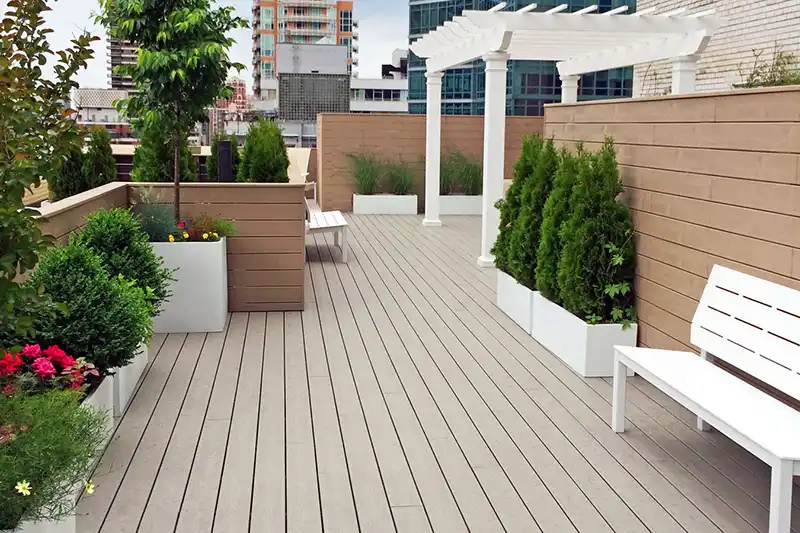
- Suitable for rooftops and terraces due to UV stability and waterproof properties.
- Withstands harsh weather while maintaining structural integrity.
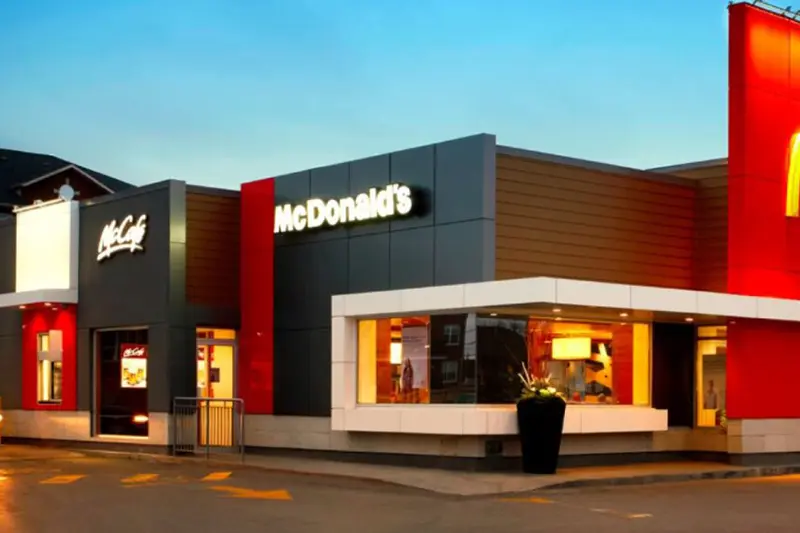
- Used for corporate identity programs (e.g., branded spaces, retail interiors).
- Customizable colors and finishes for visual branding.
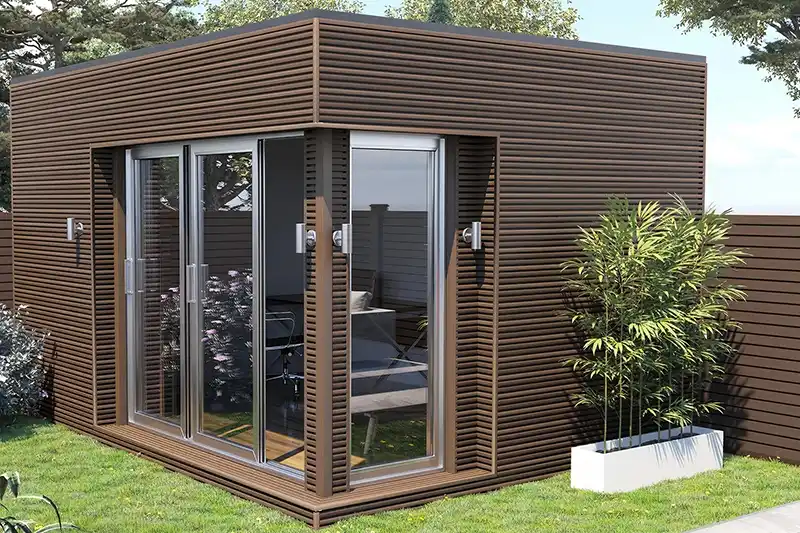
- Applied in high-traffic areas (e.g., parks, boardwalks) for slip resistance and durability.
- Resists moisture, termites, and rot, reducing long-term maintenance.
Why Choose Composite Flat Cladding?
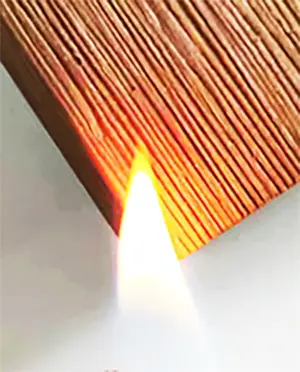
Only our Supereco factory can produce this fire-resistant grade of wpc outdoor decking in China
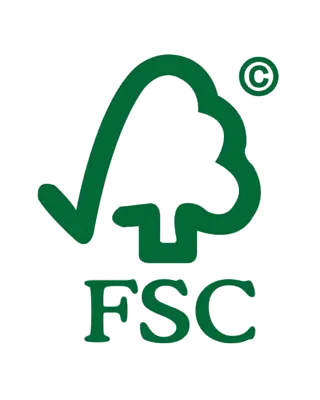
95% recycled content,Fully recyclable at end of life,Low carbon footprint manufacturing,Phthalate-free composition.
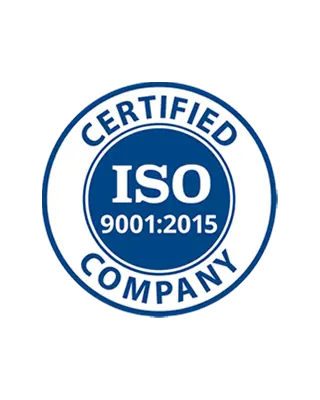
Consistent product quality, Efficient manufacturing processes, Customer-focused improvements, Compliance with international regulations.

CE marking forEuropean markets, 15-year limited warranty, Third-party load testing certification.
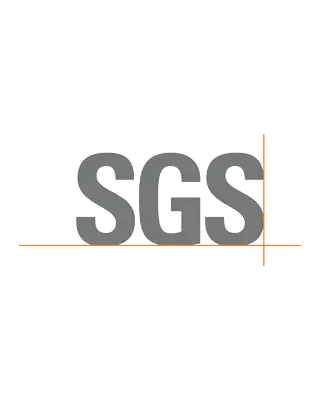
WPC decking is proven to be durable, waterproof, anti-UV, and eco-friendly, making it ideal for outdoor applications like gardens, balconies, and pool decks
Installation Guide of Composite Flat Cladding
Fixing the Starter Panel
The installation process begins with the starter panel. This is a crucial step as it sets the tone for the rest of the panels. Align the first panel with your guide lines, ensuring it’s perfectly level. If your panels have a tongue and groove system, make sure the tongue side is facing up or towards the direction you will continue installing. Secure the panel to the wall using screws, drilling them into the wall studs for a firm hold.
Sequential Installation
After the first panel is in place, continue with the next one, fitting it into the groove of the starter panel. Apply gentle pressure to ensure a tight fit. For additional support, you can use adhesive along with screws. Continue this process, ensuring each panel is level and flush with the previous one. Remember to stagger the joints for a more natural and aesthetically pleasing look.
Handling Corners and Edges
Corners and edges require special attention. Measure and cut the panels to fit these areas precisely. If your room has inside corners, you may need to use corner trims for a neat finish. For outside corners, miter cutting the panels for a seamless join is an effective approach.
Caulking and Sanding
Once all panels are installed, inspect the wall for any gaps or seams. Use caulk to fill these in for a smooth, uniform appearance. If necessary, lightly sand the surface for a flawless finish. Be sure to clean off any dust or debris afterward.
Frequently Asked Questions
Composite flat cladding is a modern building material made from a blend of recycled wood fibers and plastics. It provides a smooth, contemporary appearance while offering superior durability and low maintenance compared to traditional materials.
- Excellent weather resistance
- Low maintenance (no painting or sealing)
- Eco-friendly (made from recycled materials)
- Consistent color and finish
- Fire-resistant options available
Composite cladding typically uses a hidden fixing system with aluminum rails or battens. Most systems feature:
- Hidden clips and fasteners
- Rear-ventilation gap
- Easy interlocking mechanism
- Professional installation recommended
While possible for experienced DIYers, professional installation is recommended for:
- Ensuring proper ventilation
- Achieving perfect alignment
- Meeting warranty requirements
- Complex projects and large areas
- Regular cleaning with soap and water
- No pressure washing needed
- Resists mold and mildew
- Maintains appearance for years
Most quality composite cladding comes with:
- 20-30 year warranties
- Fade and stain resistance
- Color-through material (no surface coating)
Prices typically range from:
- $50-$100 per m² for materials
- Additional $30-$50 per m² for installation
- Varies by brand and system complexity
- Modern building facades
- Interior feature walls
- Soffits and ceiling applications
- Commercial buildings
- Residential renovations
Many composite cladding systems offer:
- Class B or better fire ratings
- Non-combustible mineral composite options
- Building code compliant solutions
- UV resistant (won't fade significantly)
- Thermal stable (minimal expansion)
- Water resistant (won't rot or warp)
- Suitable for all climates
Contact Supereco
We will answer your email shortly!
Don’t want to be tied down? Click to send email directly inquiry@superwpc.com





